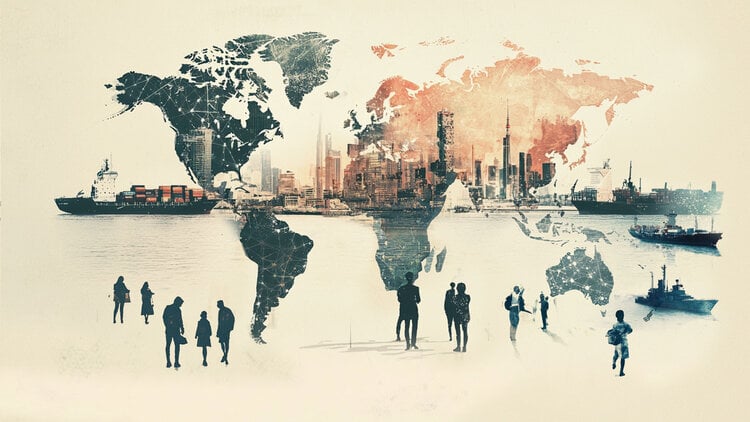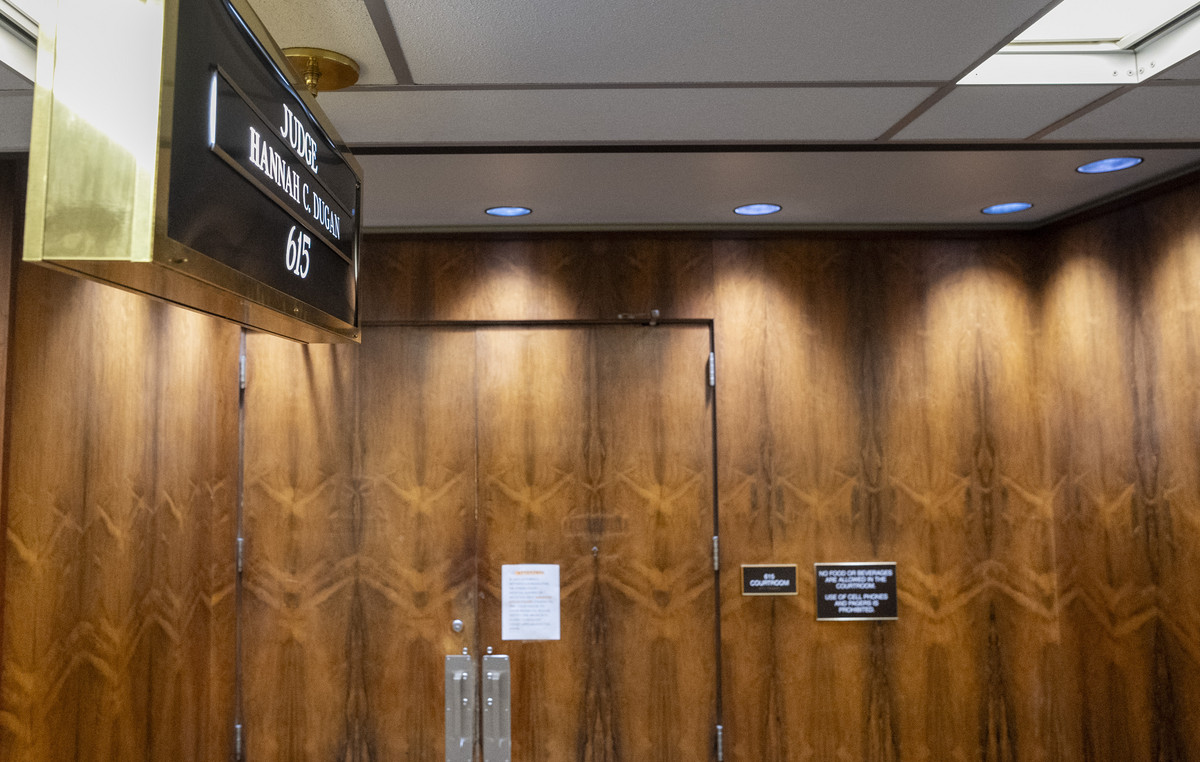A meteorological tsunami hit the municipality of Laguna, in Santa Catarina on Saturday afternoon (11), causing damage and frightening residents who were enjoying the hot day on the beach. So far, there are no reports of injuries.
Large waves reached the shore of Laguna, in the Farol de Santa Marta region, and pulled several vehicles that were parked on the edge of the beach into the sea. See video below.
The phenomenon, also called meteotsunami, accompanied a gust front with storms that advanced from the northeast and east of Rio Grande do Sul to the south of Santa Catarina with rain and wind storms after hours of intense heat in the region, reported the MetSul Meteorology.
The institute also reported that the waves advanced quickly because the sea waters were relatively calm.
The gust front was both over the sea and the continent, generating strong to intense wind with a sudden variation in atmospheric pressure, which ended up being reflected in the sea conditions on the beach in Santa Catarina, according to the meteorological reading.
The tsunami would have been caused by the advancement of intense areas of instability along with a gust front with rain and strong wind across the south of the state in the middle to late afternoon of this Saturday, causing very strong winds in Laguna.
Wind gusts at the time of the storm reached 73 km/h at Farol de Santa Marta, but, in the open sea, on the coast they must have been stronger to generate the phenomenon’s waves, says MetSul.
ATTENTION | Meteorological tsunami hit Laguna, on the South Coast of Santa Catarina. Large, sudden waves hit the beach.
Understand the phenomenon and find out what happened.
https://t.co/QE0QQGrtz7 pic.twitter.com/gw3MwGdGsY
— MetSul Meteorologia (@metsul) November 11, 2023
What is a meteotsunami
Meteotsunamis do not originate in earthquakes, but in meteorological phenomena.
Meteotsunamis are large waves that scientists are beginning to understand better.
Unlike tsunamis triggered by seismic activity, meteotsunamis are caused by disturbances in atmospheric pressure, often associated with fast-moving meteorological events such as severe thunderstorms, gust fronts and other storm fronts.
According to the U.S. National Oceanic and Atmospheric Administration, the storm generates a wave that moves toward the coast and is amplified by a shallow continental shelf and an inlet, bay or other coastal feature.
These meteorological tsunamis can generate waves of up to two meters or more.
The phenomenon has been documented in many places around the world, such as the Great Lakes, the Gulf of Mexico, the Atlantic Coast of the United States, and the Mediterranean and Adriatic Seas.
There are precedents for meteotsunamis in both Rio Grande do Sul and Santa Catarina in recent years.
VIDEO – Extreme heat in Brazil is the result of “stacking of phenomena”, says expert
*Published by Pedro Jordão, from CNN in Sao Paulo
Source: CNN Brasil
I’m James Harper, a highly experienced and accomplished news writer for World Stock Market. I have been writing in the Politics section of the website for over five years, providing readers with up-to-date and insightful information about current events in politics. My work is widely read and respected by many industry professionals as well as laymen.







